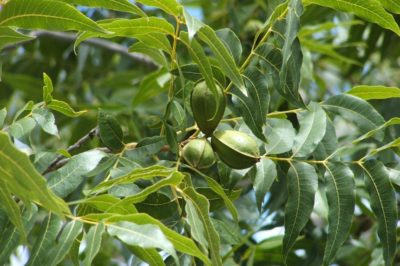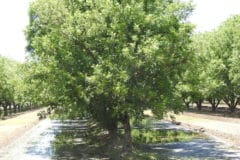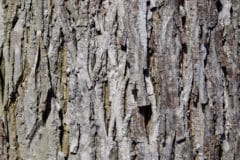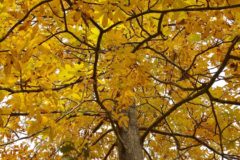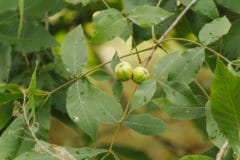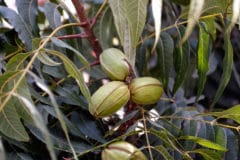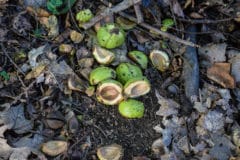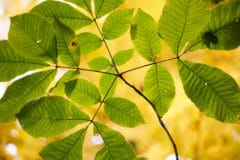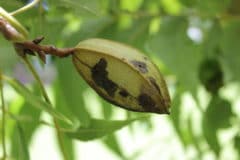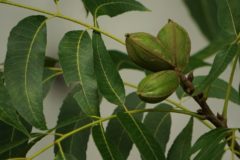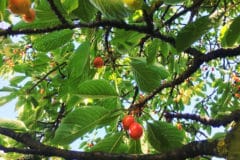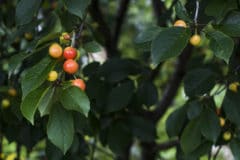Things you’ll need:
- A measuring tape
- A way to record your observations
- A camera for taking color photos (if possible)
- A photo-illustrated field guide to the trees growing in your area
A hickory’s leaves and nuts provide several clues to its species. Identifying a tree is easiest when it’s leafed out fully in summer or when its nuts reach the harvesting stage. The time of harvest depends on where in USDA plant hardiness zones 4 through 9 it grows.
Identifying Leaves
- All hickories have compound leaves growing alternately along their twigs. Each leaf has smaller, separate leaflets arranged opposite each other on a central stem, or rachis.
- Leaflets always occur in odd numbers, from five to 19.
- The leaflets have edges serrated like saw blades. They may be finely, sharply or – in the case of pecans — doubly serrated, meaning each tooth has fine teeth of its own.
- One or both sides of the leaflets may be smooth, slightly hairy or almost furry.
- On most species, the leaflets are broad in the center and pointed at both ends. On pecans and water hickories, they’re narrow with terminal ends hooking like falcons’ beaks.
- Leaflets measure from 3 to 10 inches long; entire leaves are between 6 and 24 inches long.
Identifying Nuts
Hickory nuts have round, oval or elliptical husks that deepen from green to brown or nearly black. When fully ripe, the hardened husks split into four easily recognizable sections, or “valves.” Depending on species, the nuts measure from 3/4- to 2 inches around. Shells are between 1/8 and 3/8 inches thick.
Once you’ve recorded its leaf and nut characteristics, use your field guide to narrow down which of the local hickories your tree might be.
Identifying Bark and Twigs
To identify a hickory in winter or early spring, rely on its bark and twigs. Hickory bark grows in vertical ridges ranging from shallow to deep and nearly touching to wide apart. Observe the ridges’ patterns; on several species, they create faint to distinct “X” or diamond shapes. Then note the twigs’ thickness and color and the shape and color of their leaf buds.
Expert gardener’s tip: On mature shellbark, shagbark and southern shagbark trees, the bark plates pull away at one or both ends and eventually peel off.
